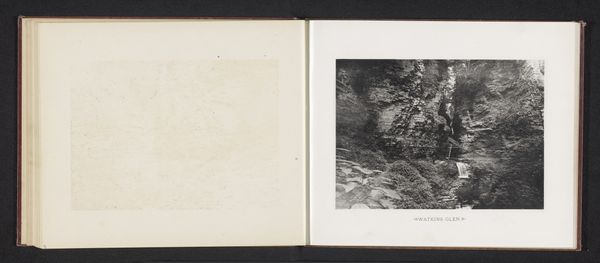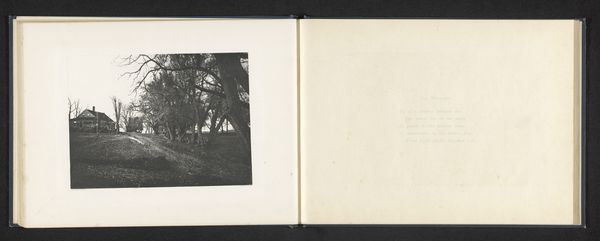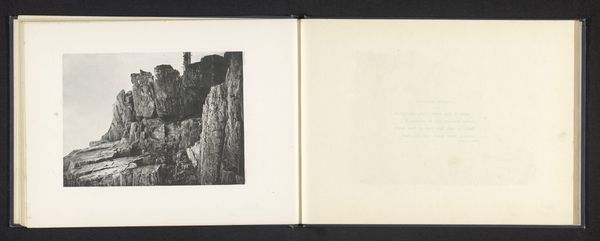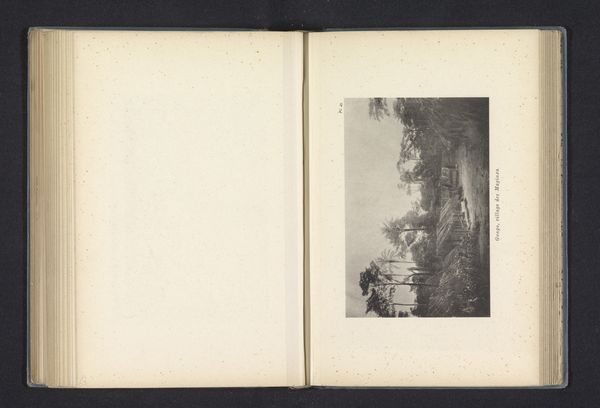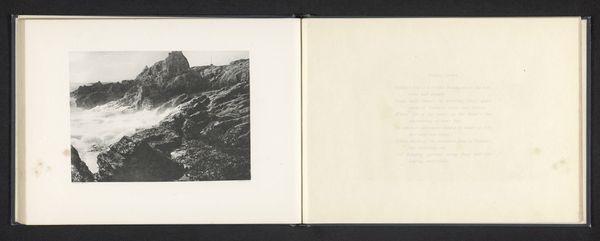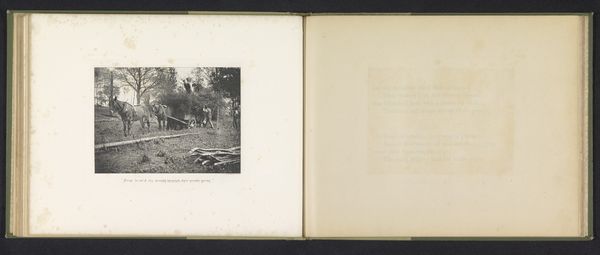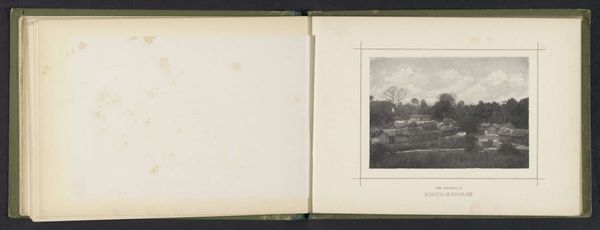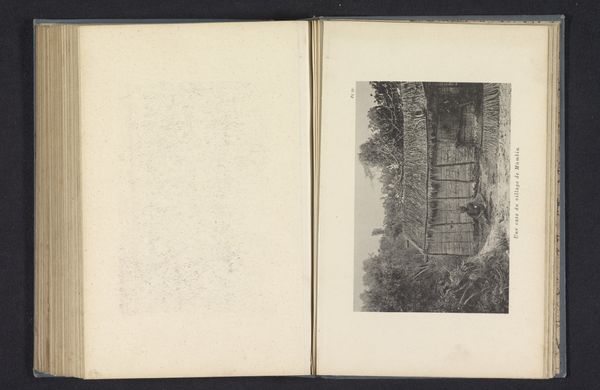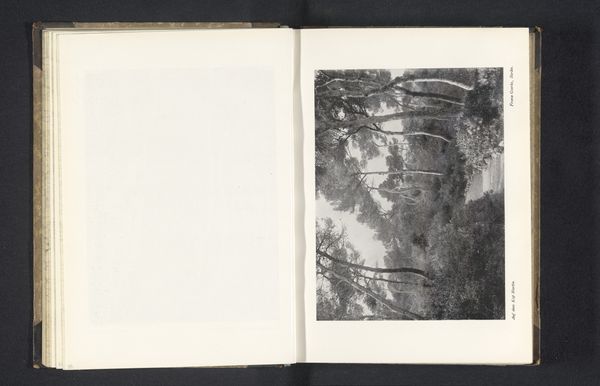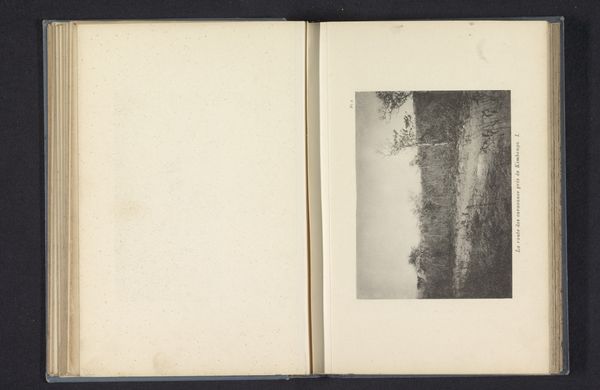
photography, gelatin-silver-print
#
landscape
#
photography
#
gelatin-silver-print
Dimensions: height 140 mm, width 190 mm
Copyright: Rijks Museum: Open Domain
This image of a cave in Maine, likely taken sometime in the 19th century, is a reminder of the power of photography to capture a sense of place. The anonymous artist would have used a camera obscura and glass plate negatives, techniques that were then still relatively new. The process involved coating a glass plate with a light-sensitive emulsion, exposing it in the camera, and then developing the image in a darkroom. The resulting photograph is remarkable for its sharp detail and tonal range. You can see that it has preserved a sense of the natural world, the rugged rocks, and the dark mouth of the cave. Photography like this, while seemingly objective, was always shaped by human intention and technique. The photographer chose the viewpoint, the composition, and the moment of exposure. They also controlled the development process, which could be used to manipulate the image. Even in its seemingly straightforward depiction, this photograph speaks to the complex relationship between humans and the environment, between seeing and making.
Comments
No comments
Be the first to comment and join the conversation on the ultimate creative platform.
